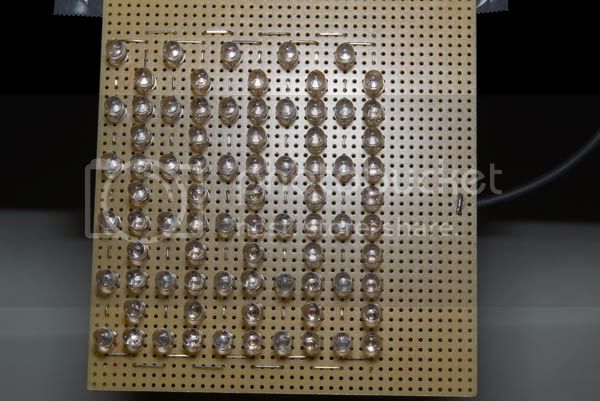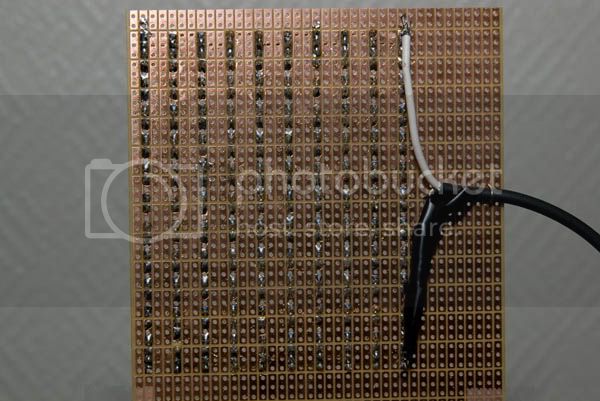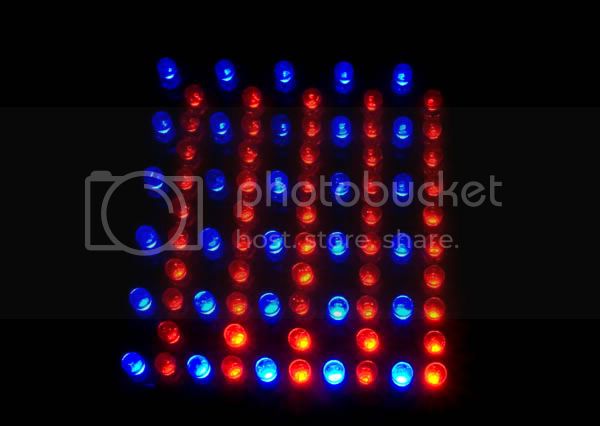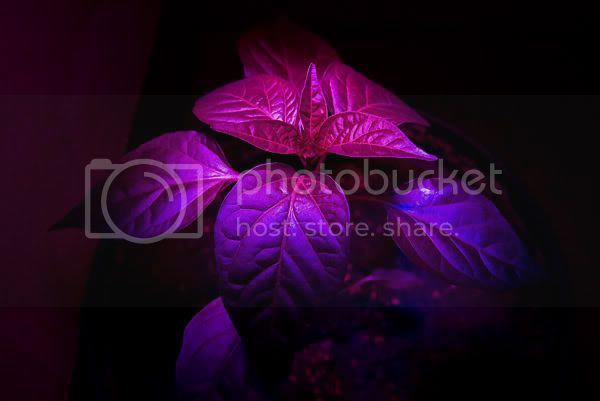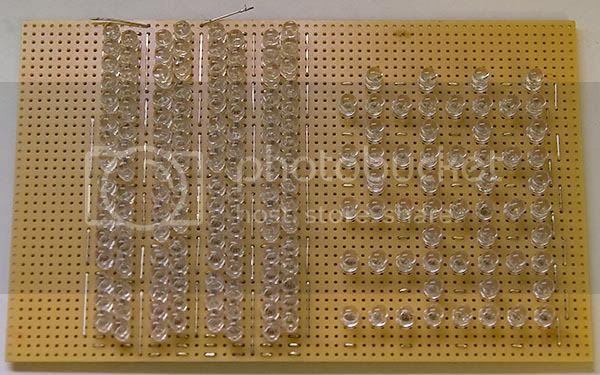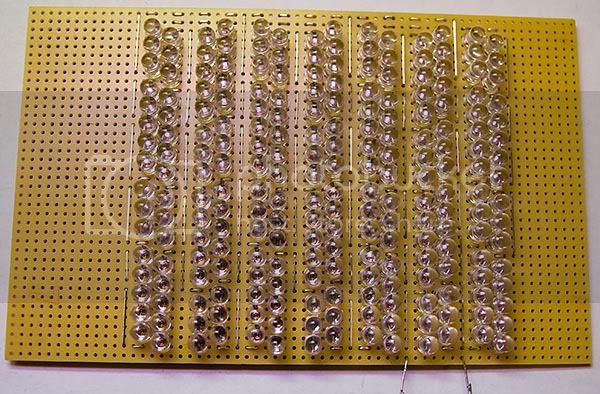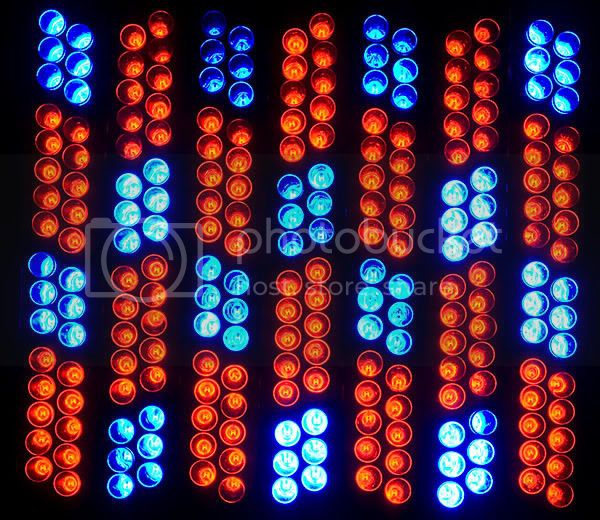Hello all!
Have been lurking around here for a little while, as I have recently started indoor growing of peppers. The climate here is way too harsh for outdoor growing I have realised I need proper lights, and was inspired by the many DYI LED threads here. There are already quite a few of those threads, but I think I have something new to contribute to this topic.
I have realised I need proper lights, and was inspired by the many DYI LED threads here. There are already quite a few of those threads, but I think I have something new to contribute to this topic. 
Every information I have found about DYI LEDs, both here and other places on the net, have one thing in common - they all use a 12V power source. What's wrong with that? Nothing, but it's not optimal. When using 12V, most of the available LEDs have a voltage that requires a resistor for every series of LEDs, if you want to avoid massive over or under powering. By matching the power supply one will be able to get the correct voltage for each LED without any resistors.
Additionally, trying to get my hands on a cheap 12V power supply able to output more than a few mV was impossible. Then it struck me: What about using an outdated laptop power supply? These are available in many different voltages up to 24V (maybe even more), and can output very high currents.
For my test project, I had already ordered red and blue LEDs from Hong Kong. These were rated at 1,9/2,2V (optimum/max) for the red ones and 3,3/3,9 for the blue ones. I have a 16V IBM power laying around, but this will not match very well for the blue ones (a series of 4 gives 4V each and 5 gives 3,2V). Luckily, a friend of mine had an abandoned Dell supply rated at 20V, with 75W output. Perfect! This gives 2V for the red ones (series of 10) and 3,33V for the blue ones (series of 6). I just spent a few hours soldering 50 red LEDs and 30 blue ones to an experinment board, and to my delight it works just as intended.
I hope this is an inspiration to other people wanting to create their own DIY LED light
Have been lurking around here for a little while, as I have recently started indoor growing of peppers. The climate here is way too harsh for outdoor growing
Every information I have found about DYI LEDs, both here and other places on the net, have one thing in common - they all use a 12V power source. What's wrong with that? Nothing, but it's not optimal. When using 12V, most of the available LEDs have a voltage that requires a resistor for every series of LEDs, if you want to avoid massive over or under powering. By matching the power supply one will be able to get the correct voltage for each LED without any resistors.
Additionally, trying to get my hands on a cheap 12V power supply able to output more than a few mV was impossible. Then it struck me: What about using an outdated laptop power supply? These are available in many different voltages up to 24V (maybe even more), and can output very high currents.
For my test project, I had already ordered red and blue LEDs from Hong Kong. These were rated at 1,9/2,2V (optimum/max) for the red ones and 3,3/3,9 for the blue ones. I have a 16V IBM power laying around, but this will not match very well for the blue ones (a series of 4 gives 4V each and 5 gives 3,2V). Luckily, a friend of mine had an abandoned Dell supply rated at 20V, with 75W output. Perfect! This gives 2V for the red ones (series of 10) and 3,33V for the blue ones (series of 6). I just spent a few hours soldering 50 red LEDs and 30 blue ones to an experinment board, and to my delight it works just as intended.
I hope this is an inspiration to other people wanting to create their own DIY LED light

